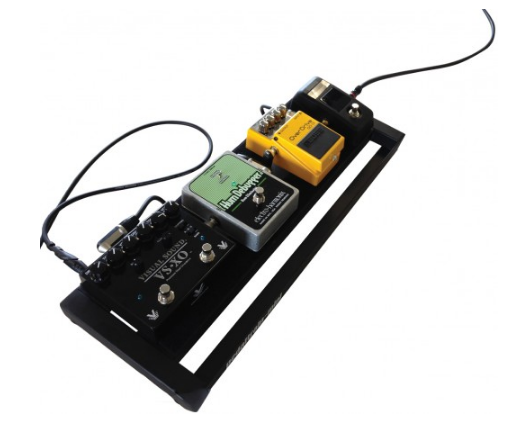Products Category
- FM Transmitter
- 0-50w 50w-1000w 2kw-10kw 10kw+
- TV Transmitter
- 0-50w 50-1kw 2kw-10kw
- FM Antenna
- TV Antenna
- Antenna Accessory
- Cable Connector Power Splitter Dummy Load
- RF Transistor
- Power Supply
- Audio Equipments
- DTV Front End Equipment
- Link System
- STL system Microwave Link system
- FM Radio
- Power Meter
- Other Products
- Special for Coronavirus
Products Tags
Fmuser Sites
- es.fmuser.net
- it.fmuser.net
- fr.fmuser.net
- de.fmuser.net
- af.fmuser.net ->Afrikaans
- sq.fmuser.net ->Albanian
- ar.fmuser.net ->Arabic
- hy.fmuser.net ->Armenian
- az.fmuser.net ->Azerbaijani
- eu.fmuser.net ->Basque
- be.fmuser.net ->Belarusian
- bg.fmuser.net ->Bulgarian
- ca.fmuser.net ->Catalan
- zh-CN.fmuser.net ->Chinese (Simplified)
- zh-TW.fmuser.net ->Chinese (Traditional)
- hr.fmuser.net ->Croatian
- cs.fmuser.net ->Czech
- da.fmuser.net ->Danish
- nl.fmuser.net ->Dutch
- et.fmuser.net ->Estonian
- tl.fmuser.net ->Filipino
- fi.fmuser.net ->Finnish
- fr.fmuser.net ->French
- gl.fmuser.net ->Galician
- ka.fmuser.net ->Georgian
- de.fmuser.net ->German
- el.fmuser.net ->Greek
- ht.fmuser.net ->Haitian Creole
- iw.fmuser.net ->Hebrew
- hi.fmuser.net ->Hindi
- hu.fmuser.net ->Hungarian
- is.fmuser.net ->Icelandic
- id.fmuser.net ->Indonesian
- ga.fmuser.net ->Irish
- it.fmuser.net ->Italian
- ja.fmuser.net ->Japanese
- ko.fmuser.net ->Korean
- lv.fmuser.net ->Latvian
- lt.fmuser.net ->Lithuanian
- mk.fmuser.net ->Macedonian
- ms.fmuser.net ->Malay
- mt.fmuser.net ->Maltese
- no.fmuser.net ->Norwegian
- fa.fmuser.net ->Persian
- pl.fmuser.net ->Polish
- pt.fmuser.net ->Portuguese
- ro.fmuser.net ->Romanian
- ru.fmuser.net ->Russian
- sr.fmuser.net ->Serbian
- sk.fmuser.net ->Slovak
- sl.fmuser.net ->Slovenian
- es.fmuser.net ->Spanish
- sw.fmuser.net ->Swahili
- sv.fmuser.net ->Swedish
- th.fmuser.net ->Thai
- tr.fmuser.net ->Turkish
- uk.fmuser.net ->Ukrainian
- ur.fmuser.net ->Urdu
- vi.fmuser.net ->Vietnamese
- cy.fmuser.net ->Welsh
- yi.fmuser.net ->Yiddish
How To Troubleshoot Your Signal Path — Part 1
Date:2020/3/5 15:46:32 Hits:

We’ve all been there: Everything worked fine at soundcheck but when you strike the first chord at show time all you hear is silence. Don’t panic; I’ve compiled a checklist to help get you up and running again quickly and efficiently. I’ll be using a guitar rig as my example since I have the most experience there, but the basic principles apply to any interrupted signal chain.
First, let’s cover the seemingly obvious stuff. In all of my years of performance, roughly 75% of my signal path issues were solved by answering these questions:
1. Is everything turned up?
Start with checking the guitar’s volume knob (the most obvious and embarrassing) and then volume pedal, effect levels, and amplifier levels, front and back panel. The signal cable coming from your guitar to your pedalboard could easily brush against your distortion pedal’s gain knob and turn it down, or a well-intentioned stage tech skirting the drum riser could bump into your amp’s master volume. I’ve even had digital effects decide — on their own, and for no logical reason — that the master input or output level needed to be at zero. Take a quick visual look at the knobs, then dive into the menus.
2. Is everything plugged in?
Even if your guitar cable is looped through your strap, it, along with any other cable, may not be seated properly for a variety of reasons. Check every connection in your rig! Even if it looks plugged in, when the bass player lifted the corner of your pedalboard to put a set-list under it, something could’ve come unplugged enough to break the signal path, including power supplies. Even deeper than that, oxidation can build up over time on connectors even when they stay plugged in. That oxidation can create a patina of gunk on connectors that will interrupt the voltage generated by your guitar, pedals, etc., resulting in no sound. In a pinch, unplugging and re-plugging a few times can scrape off enough crud to make a connection. Cleaning connectors with DeoxIT will fix it.
3. When was the last time I changed batteries?
Wireless, guitar, pedals, etc., can lose charge faster than you think. Some batteries are just plain faulty from day one; it happens, so change ’em.
4. Is everything turned on?
Your amp’s stand-by switch is the most notorious culprit here. Again, power strips, pedals, and rack gear can get inadvertently switched off or unplugged. Check status lights and switch positions first, then refer to item number two.
Completing these four steps will often cure the common broken signal path, but not always. In part 2, I’ll explore more complex signal chain ailments and how to remedy them.
Leave a message
Message List
Comments Loading...





